Your cart is currently empty!
Can You Trade Forex Without Stop Loss? (5 Tips You Should Know)
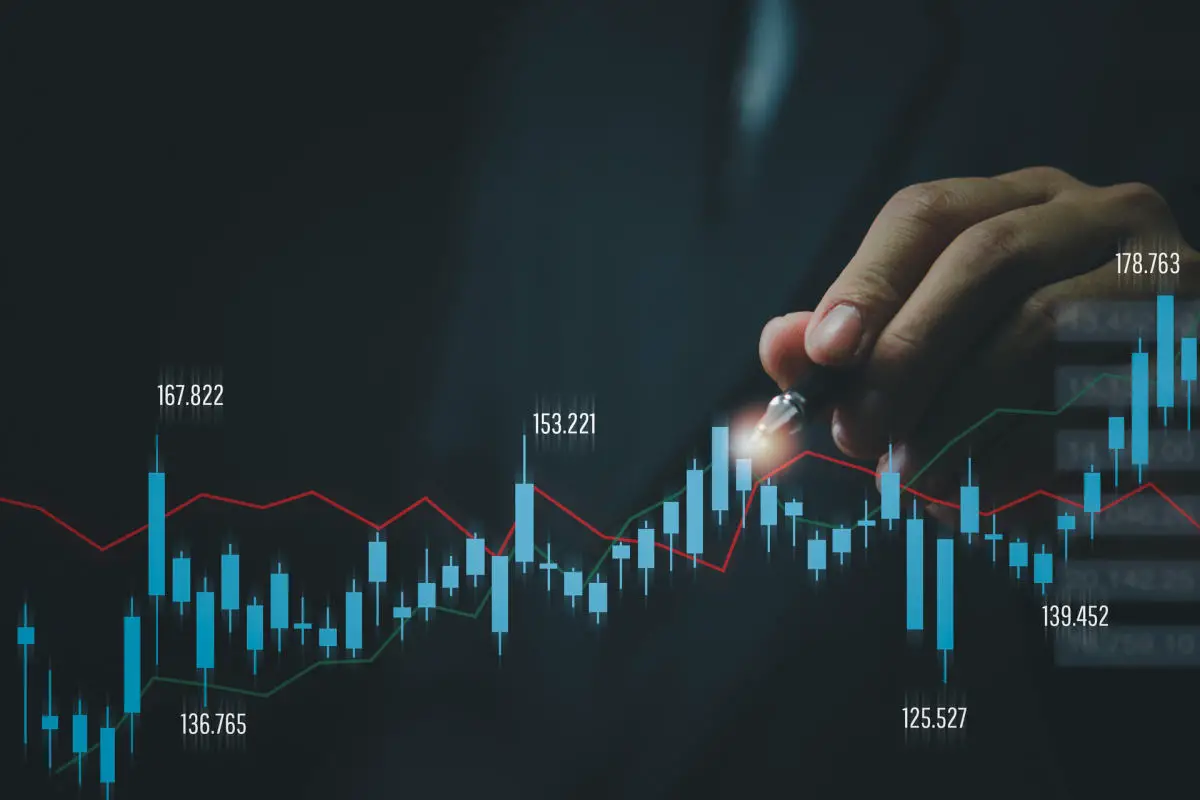
Affiliate Disclaimer: This post may contain affiliate link or links
Can you trade forex without stop loss? Many traders often wonder if it is possible to trade forex without setting a stop loss. In this post we will discuss this way of trading and find out whether it is a viable option.
Forex traders use stop loss to control the risk. It is obvious that stop loss number defines how much you can lose. But have you ever thought about a question of whether you can trade forex without using stop loss? Are there any viable and profitable ways of doing so?
The answer to this question is simple. You can’t trade forex without using STOP LOSS. Stop Loss is the most crucial element of a safe trading method. Unfortunately, many traders do trade without stop loss.
They believe that setting stop loss will cost them profit. This belief is completely wrong. STOP LOSS is for your own protection and it saves your capital from getting totally destroyed by market forces. It’s necessary if you want to make profit in Forex Trading.
In addition don’t ever use tight stop loss as a way of over protecting your trade, trading with tight protective stops can be effective but at the same time can be harmful to your profitability.
A good trader must learn how to manage risk and this includes working in both breakout and pullback scenarios. In this article, we will discuss all of the ins and outs of trading forex without stop loss.
Trading is a dangerous occupation and it simply doesn’t make sense to start trading without the ability to use stop loss orders. It’s like starting to play football with no padding on. If you’re new to Forex, you should know that there are a number of ways that you can trade currency pairs.
Good points to keep in mind
- Can you trade forex without stop loss?
- How important is stop loss in forex?
- What happens if I dont set stop loss?
- Why do most forex traders fail?
- What is the 1% rule in trading?

Can you trade forex without stop loss?
In order to trade without stops, you need to be able to accurately predict where price will go before it gets there. This means you must be able to spot the trend and have an understanding of what factors affect price movement.
If you can do this, then go ahead and skip the stop loss altogether. Don’t get me wrong stops are a great tool and should be used by everyone. But if your trading strategy can’t account for them, then don’t use them!
In this article, we will take a look at stop loss orders, which are an important and necessary part of your trading strategy. The stop loss order is one of the most basic and popular types of order in forex trading. It is also one of the most misunderstood by new traders.
A stop loss order is an order to close a trade when it reaches a certain price. Stop loss orders can be used to enter or exit a trade or as protection against losses in an existing position on your account.
The purpose of a stop loss order is to limit your losses in case the market moves against you and you lose money on your trade. This can happen if you are wrong about the price direction or if there is an unforeseen event that causes prices to move unexpectedly.
More insight! In trading, a stop loss is an order to sell or buy a security once the price of the security moves a certain amount, either below (a “sell stop order”) or above (a “buy stop order”) the price at which the trader bought or shorted the stock.
A “stop-loss” is used to minimize losses on a position. This is done by setting a trigger level that, if reached, means you exit your trade with minimal losses.
The trigger level can be set at any price that you like and is usually something like 5%, 10% or 20% or more away from your entry price.
The idea behind using stop-loss orders is that once the security reaches that target level it should have fallen enough to close out the trade with minimal losses.
Stop losses are considered by many traders as the most important part of their trading system because they avoid big losses and help preserve capital. Stop orders are designed to protect your profits;
however, they can also prevent you from taking advantage of potential profits because when prices move against your position it may take some time before they reach your stop level and trigger an exit from your trade.
Read more article: Tips on Forex Trading for Beginners

How important is stop loss in forex?
Stop loss is the most important tool in forex trading. Without stop loss, you can easily lose all your money. Stop loss is a price level at which you can sell your position without further consideration.
For example, when you buy EURUSD at 1.3500, you can set a stop loss at 1.3470 and then let your broker take care of the rest.
If the price goes below 1.3470, your broker will automatically close your position for you and you won’t be able to trade anymore with this contract (unless there are other contracts on offer).
In Forex trading, there are two main types of stops: the trailing stop and the fixed stop. Both have advantages and disadvantages and it’s up to you to choose which one works best for you.
Trailing stop loss
A trailing stop loss follows the price of an asset during a trade, moving with it as it goes up or down in value. The reason why this type of stop is so popular among traders is that it allows them to lock in profits while still keeping some risk on their positions.
This way they don’t have to monitor their trades so often, because they don’t have to place new orders every time an asset moves in their favor.
A trailing stop can also be used as a “break even” point after entering a trade at a loss, so that if prices move against your position then at least you won’t lose more than what was originally invested into it (even though you might not be able to make any profit either).
So basically, with a trailing stop loss you can: Lock in gains and protect against losses . You can set your stop below the entry price so it will always trail behind the price action and close out trades when they reach certain levels;
Lock in losses and protect against profits. You can also set your stop above the entry price so that if prices start going against your position then you can take your existing profits.
Stop loss
The stop loss order is an essential tool for traders to protect their capital and minimize risk. Stop loss orders can be used on all currency pairs, but they are particularly useful in forex trading because the market is so volatile.
Stop loss orders are used to lock in losses and protect against profits . You can also set your stop above the entry price so that if prices start going against your position then you can close out of it and cut your losses as soon as possible.
Stop losses are one of the most important tools for any trader, whether beginner or professional. They allow you to control your risk and avoid catastrophic losses by closing positions when they move against you by a certain amount.
The main function of a stop loss order is to protect against large losses by closing out positions when they move beyond a certain level (your stop price).
You can set this at any level you like as long as it is within the current market range at that time.
For example, if EUR/USD drops below 1.3450, place a stop order at 1.3440; if GBP/USD rises above 1.5600 place a stop order at 1.5580; if USD/CAD falls below 1.1300 then place a stop at 1.1265.
The idea behind this is that the position will be closed out automatically when the price moves beyond your chosen level and thus limit your losses to only the amount of money you have put into the trade or position in the first place (plus commission).
For example, let’s say you buy 100 shares of IBM stock at $100 each. Your total invested capital is $10,000 and your stop loss is set at $98 per share ($9800).
If IBM drops below $98 per share then your broker will sell all 100 shares automatically for you without having to manually do so yourself (assuming there are buyers available).
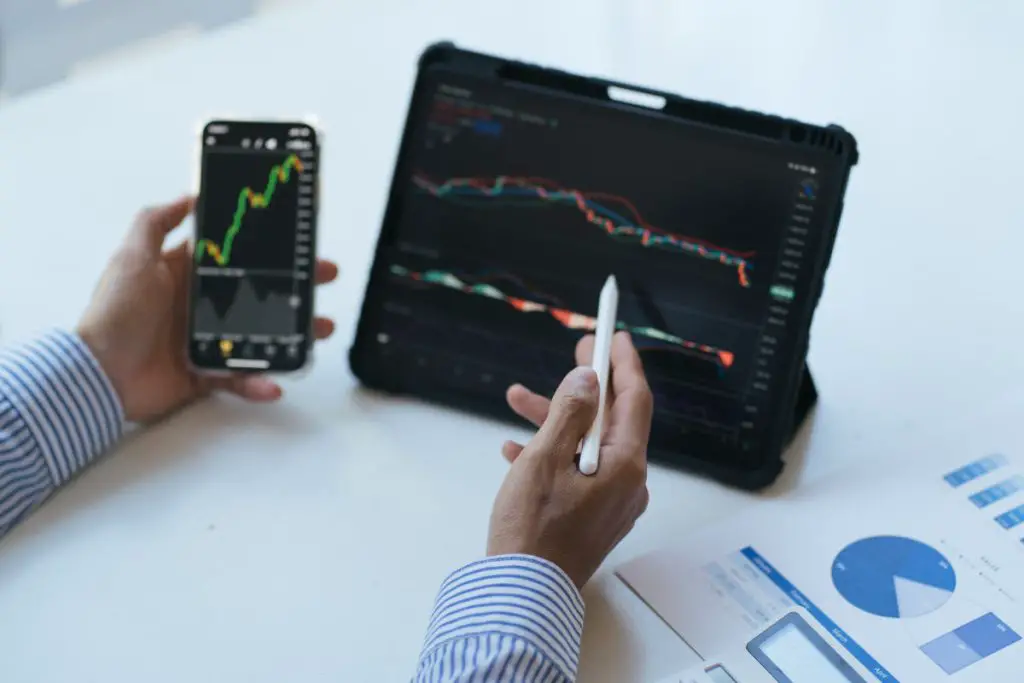
What happens if I dont set stop loss?
By not setting a stop loss, you are left in the dark. You won’t be able to know where your trades have gone wrong and will have no way of knowing when to close out your position.
This can lead to losing more money than planned, or even worse, losing all your capital. If you are trading with a demo account, it is best to practice using stops with small amounts of money before moving on to live trading.
If you don’t set a stop loss, you can lose more than your entire account in a very short period of time. If you don’t have enough capital or margin to support your trade, this could be devastating.
A stop loss is simply an order that closes out an open position when the price reaches a pre-determined level.
This protects you from further losses in a losing position and allows you to get out before things get worse. Even if the market continues to fall after you set your stop loss, it will limit the extent of your losses.
For example, let’s say that XYZ stock has been on a tear lately and you decide to buy call options at $25 with an expiration date three months away because they are cheap and offer plenty of time for them to increase in value before expiration.
However, just two weeks later XYZ begins to decline as investors begin dumping their shares due to fears over rising interest rates and an economic slowdown which could affect the company’s earnings.
This causes the price of these calls to plummet along with the value of XYZ itself which now sits below $25 per share after falling from $28 per share just days before.
You decide not to sell because you think that XYZ will recover eventually but instead allow it to fall even further until your options expire worthless because of inaction on your part (i.e., you don’t place a stop order).
You could have taken a loss and cut your losses early, or you could have placed a limit order for a small gain or break even. This way, if the price goes up or down, you still get some money out of the trade, rather than losing all of it from an unplanned big move.
If you’re buying options, this can be especially important because of the time decay factor. The more time that passes before expiration, the more the extrinsic value will erode away (this is called “volatility erosion”).
Which means it’s critical to exit quickly if you’re holding an option position with little extrinsic value remaining in order to avoid being left with nothing at all when expiration arrives.
Read more article: How to use VPS for Forex Trading

Why do most forex traders fail?
It’s simple: they don’t follow a proven plan, they don’t use stop losses and they don’t have a game plan before entering the market.
1) They don’t follow a proven plan – This is probably the biggest mistake that new traders make when trading forex or any other type of financial instrument for that matter.
They start trading without knowing what they are doing, or worse yet, they only read about it on some blog or website instead of learning from someone who has experience in this field.
The problem with this approach is that there are so many different opinions out there that it can be hard to know where to start if you don’t have any knowledge on the subject.
In the world of forex trading, there are a lot of people who fail at this business. This is mainly because they lack the skills and knowledge needed to make it in the forex industry.
There are many ways that you can learn how to trade and become successful. Forex training courses offer excellent resources on how to make money with forex trading.
These courses can be found online or in your local library. They will provide you with all the information you need to start trading and become successful at it.
The first step in becoming a successful trader is learning how to analyze markets, currencies, stocks and commodities. The market is constantly changing, so you have to be able to keep up with these changes if you want to succeed as a trader.
You also have to learn about technical analysis when studying for this career path because it will help you know when it’s time to buy or sell an asset that has been performing well or poorly over time.
Technical analysis also helps determine future price movements by looking at past patterns as well as current market conditions.

What is the 1% rule in trading?
The 1% rule in trading is a simple trading strategy that states that you should never risk more than 1% of your trading capital on any single trade.
The idea behind this rule is that when you risk a small amount of money on each trade, you are able to take advantage of the market volatility without risking your entire account on one position.
By following this rule, you will also be able to manage your losses better and avoid getting carried away with emotions after taking a loss.
This strategy can help you establish a better risk management system for your trading account and improve your chances of success in the long run.
The 1% rule in trading is a guideline that allows you to determine the amount of money you should risk when trading. It’s named after the old saying, “if you don’t lose money, then you’re not trading.”
The 1% rule states that when trading stocks, you should never risk more than 1% of your account on any one trade. For example, if you have $10,000 in your account and want to buy 100 shares of XYZ stock at $33 per share, then your total cost would be $3,300 (100 X 33).
Your risk per share would be $33 the difference between your entry price and breakeven point. If the stock dropped to $31 before it rebounded back to $33, then you’d lose about $100 (1%).
The 1% rule was created by floor traders who traded on the New York Stock Exchange. They wanted a way to keep their losses small so they could continue trading and make money over time.
The original idea was to prevent traders from chasing losses and risking too much money. The idea is that if you risk 1% on each trade, then when you have a losing month or even year, it won’t matter because you’ll still have 99% left.
As long as you don’t blow up your account by risking too much on each trade, then over the course of several years, the odds are in your favor that you’ll do well.
The problem with this approach is that it’s too simplistic and doesn’t take into account how often traders actually make money on their trades.
If they win 60% or 70% of their trades, then it doesn’t make sense for them to be risking less than 0.5% per trade because they’re going to have plenty of losing trades anyway.
Especially if their trading strategy has any kind of drawdown period where it takes time until they make money again after having lost some profits before making another profit (which happens all the time).
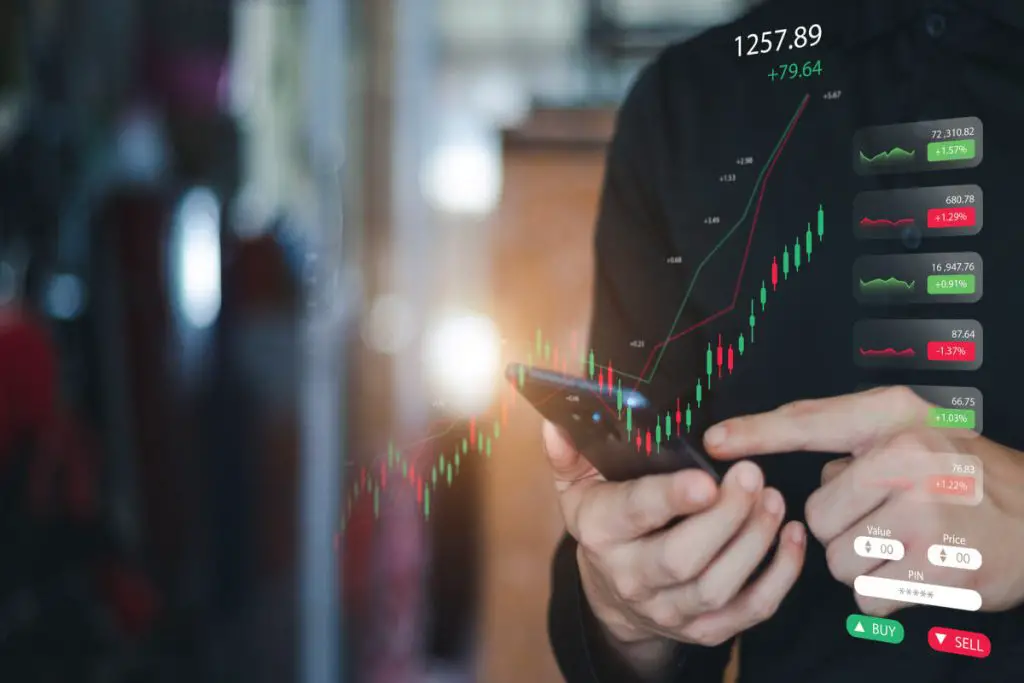
Keep in mind
The forex market can be unforgiving for beginners. Although it’s possible to trade forex without stop loss if you’re careful, forex is among the riskiest markets to trade. Be aware of your market and investment knowledge before jumping into the forex markets.
If you’re willing to learn about trader psychology and the various market indicators that may help you gauge the price trend, there are numerous resources and guides on the internet you can leverage to study up on trading.
Although these systems are very effective to use when trading forex, they still cannot perform without a stop loss. If you try to trade without a stop loss and your position moves against you, it will run until it hits your stop loss.
That’s right – your stop loss is not optional! The truth is, using a stop loss is one of the most effective tools a trader can use to improve his or her results.
First of all, a stop loss makes sense. It’s an essential element in risk management. However, should you trade in such a way that entails using stop loss orders? My answer is no.
I do not think that trading without stop loss is appropriate for day trading but there are other types of Trading For Living (e.g. Swing Trading).
As for me, I only trade because it is my passion and hobby to do so – I’ve made some decent money on forex market but this is not my sole source of income that I live off of and support my family with.
Read more article: Things to know about Forex market
Trade Forex Confidently Try Trade Command Center
Free Download Crazy Arrow Fix Indicator
Other related articles
- Trade Report Indicator: Indicator for Forex Traders
- Trend Profiteer Trading System: A Trader’s Must Have
- Quantum Trend Sniper Indicator MT4: Free Download
- German Sniper Indicator: Unveiling its Power
- Mastering MACD Intraday Trend | Indicator Free Download
- Crazy Accurate 5-Days Breakout Strategy: Unlock Success

Joseph Benson, I have been trading forex for more than 15 years now and I am still trading actively, a content writer, an Architect also SEO expert, learn how to trade easily with me.


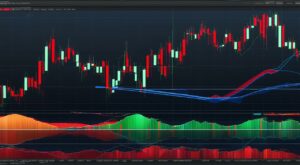


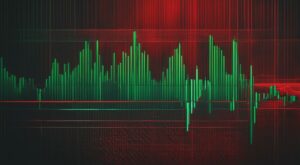




Leave a Reply